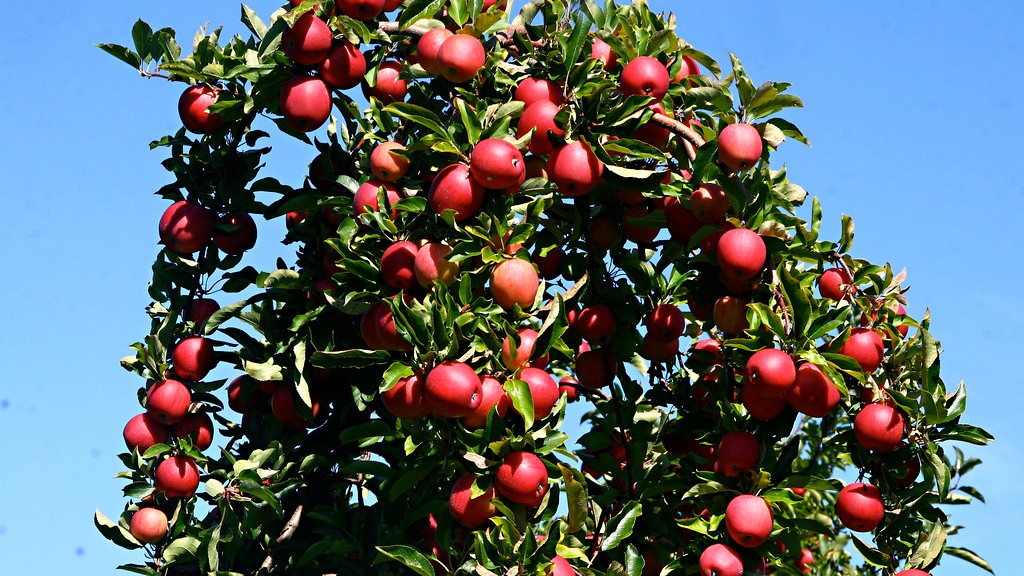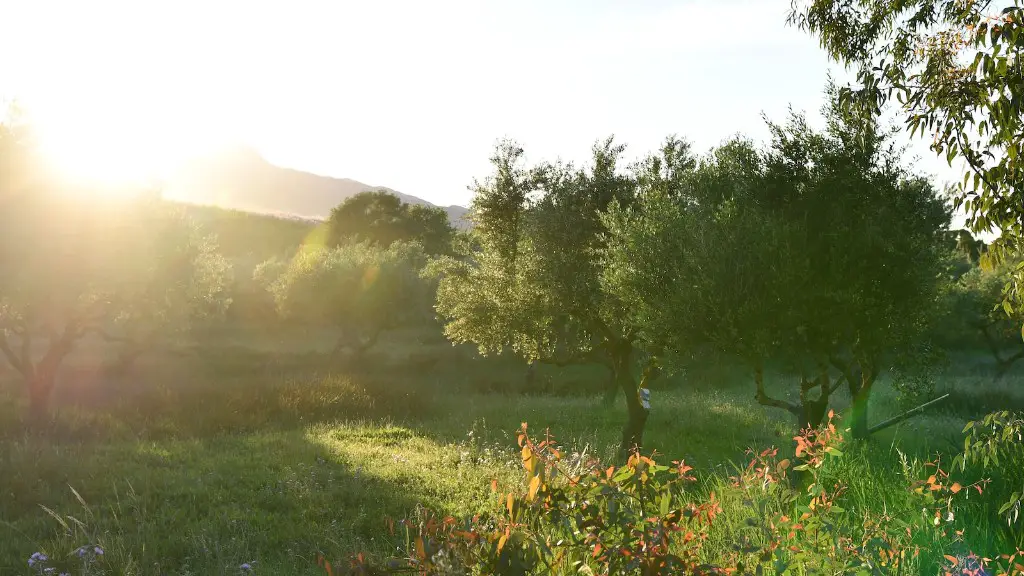Tiny lemon trees are one of the most rewarding and popular citrus trees to grow. If you’re looking for tips on how to make your own dwarf lemon tree growing experience a success, there are a few key things to know. Firstly, decide on the type of lemon tree you’d like to plant. Dwarf lemon trees come in three varieties: Meyer, Lisbon and Eureka varieties. Secondly, choose an area for your lemon tree where it will receive bright, direct sunlight. Six or more hours of full sun will yield the best results. Thirdly, use well-draining soil. Compacted soil, especially clay-based soil, may retain too much moisture and cause root rot. Mix in some compost to give the soil some extra nutrition.
Fourthly, during the planting procedure, thoroughly water the planting area, but don’t soak the soil. Once you’ve planted it, continue to add mulch around the base of your tree to keep moisture in and keep weeds down. Fifthly, dwarf lemon trees need frequent irrigation and should be watered every four to seven days. Over-watering, however, can be as damaging as underwatering, so try to find a watering balance. Sixthly, prune your tree to promote healthy growth, encourage fruiting and improve air circulation. Pruning also helps to reduce the risk of disease. Finally, feed your tree with fertilizer once a month between March and October as a boost of nutrition.
Re-Potting
Your dwarf lemon tree will require re-potting at least once every two years. A pot that is too small restricts root growth and can lead to a stunted tree. Alternatively, too large a pot can mean that constantly soggy soil is present, leading to root rot. When re-potting, a pot with a drainage hole that is twice the size of the original pot should do perfectly. Make sure you use a well-draining soil and new potting mix. Ensure that your pot is also wide enough to accommodate the root system and retain moisture.
Pests and Diseases
A large pest of citrus trees is the citrus thrips. To prevent infestation, practice good cultural management and inspect your tree regularly. If you see any signs of the pest or damaged foliage, you can use a mixture of organic soap and neem oil as a deterrent. Other pests, such as aphids, whiteflies and mealybugs can also be troublesome. If you spot any of these, you can use an insecticidal soap or horticultural oil to control them. As for disease, dwarf lemon trees are susceptible to fungal and bacterial diseases. To reduce the risk of infection, be sure to use well-draining soil, provide adequate air circulation and avoid over-watering.
Harvesting
Time to reap the rewards of your efforts; harvesting your lemons! Dwarf lemon trees will tend to bear fruit all year round, but the main harvest season is late spring and summer. Lemons will ripen up to twelve months after being pollinated, and will remain on the tree until you’re ready to pick them. Since the size of the lemons will vary, try to wait until the lemon is a yellow shade before harvesting. Lemons tend to ripen from the inside-out, so stay away from using a color as the only indicator that they are ripe.
Protecting in Cold Climates
Dwarf lemon trees are very sensitive to cold. Whenever the temperatures dip below 32°F (0°C), the tree must be taken indoors or wrapped in robust materials such as a cloth or burlap. If you live in a very cold climate, you may wish to try a larger variety of lemon tree that can resist cold temperatures. Frost damage to a tree will lead to leaf discoloration, curled and spotting leaves and sunken fruit, so be sure to act promptly if temperatures drop too low.
Productivity Boosters
If your dwarf lemon tree is not producing much or any fruit, there are a few tricks you can try to encourage your tree to start producing. Firstly, ensure the lemon tree has adequate sunlight. Secondly, try feeding it with a citrus formula fertilizer throughout the year. Thirdly, you can try pruning away any dead or diseased branches, as this will promote air circulation and prevent diseases. Finally, adding in a bee-friendly environment like bee boxes will attract pollinators, increasing the chances of the flowers being pollinated.
Grafting and Budding
One great way to improve the productivity of your dwarf lemon tree is to take a cutting from a more vigorous tree and graft it onto your tree. Grafting is a form of asexual reproduction that involves taking a piece of an established tree and fusing it to an existing tree. If done correctly, the graft can take very quickly and is a great way to introduce new traits to a tree, such as disease resistance or productivity. Budding is another form of asexual reproduction where a section of the parent tree is inserted into the bark of the second tree, which then takes on the characteristics of the parent tree. You can also buy dwarf lemon trees that have already been grafted or budded, meaning the tree is already on its way to being a productive one.


